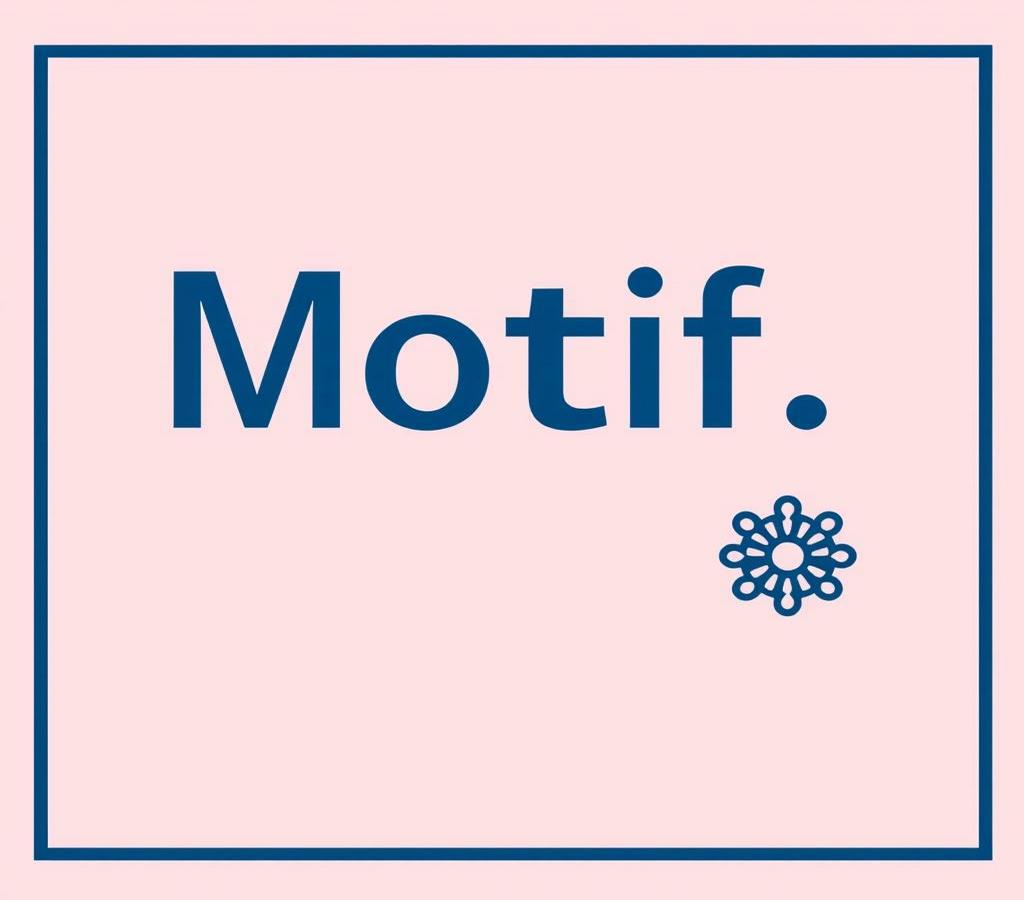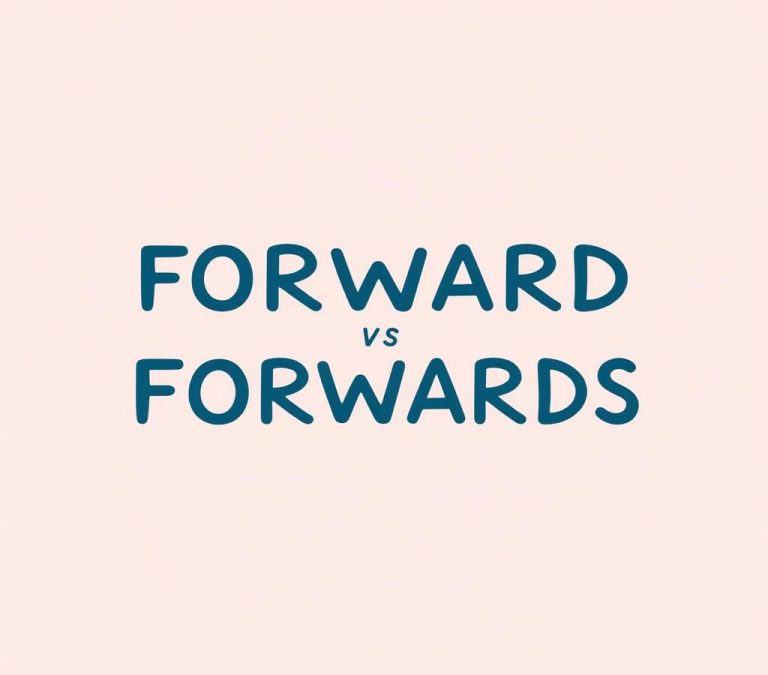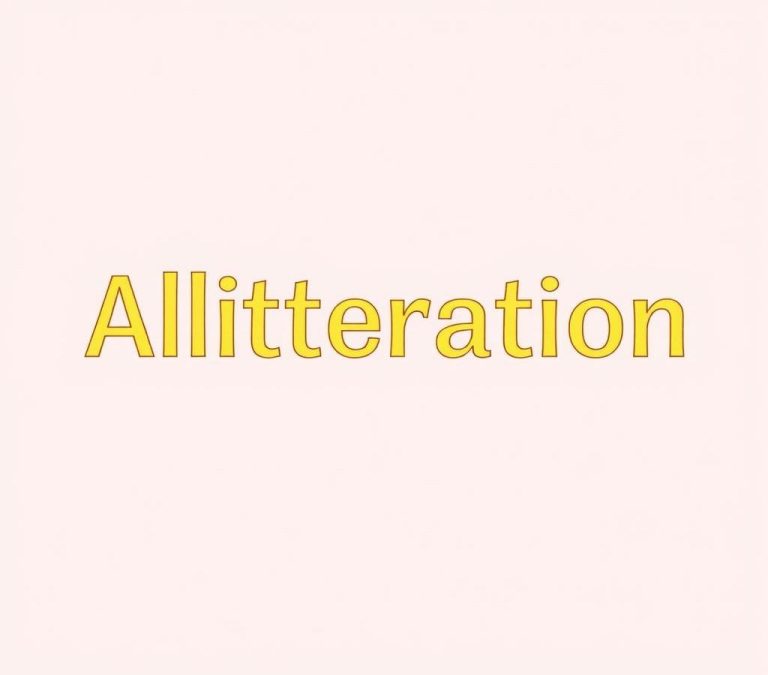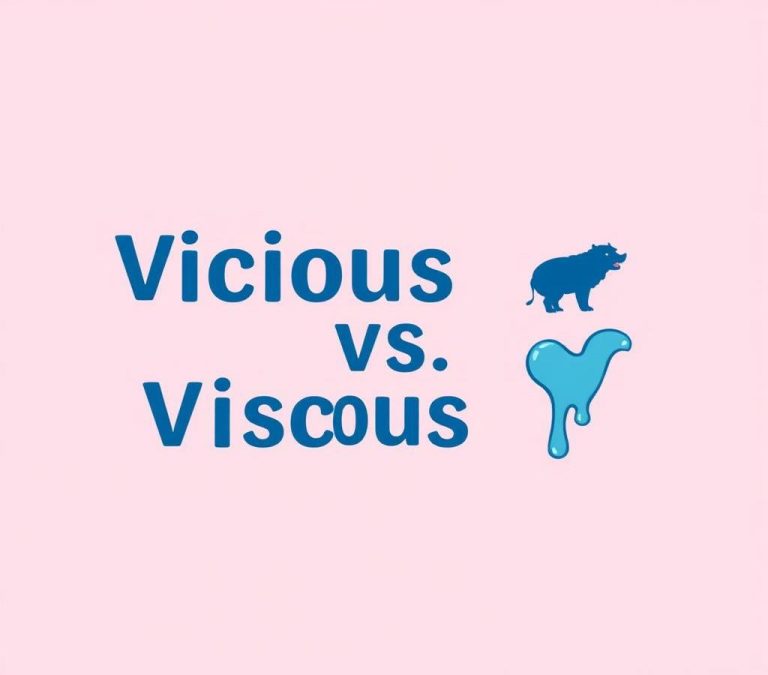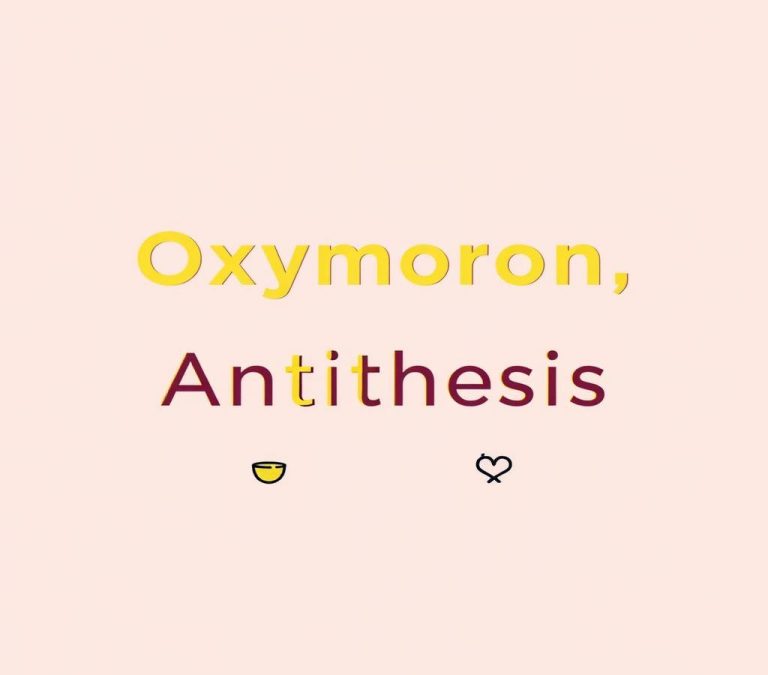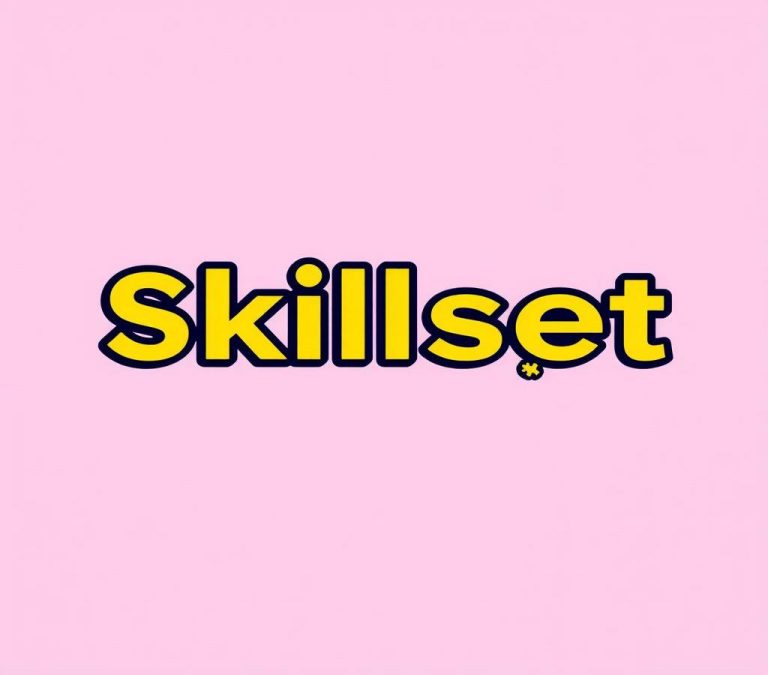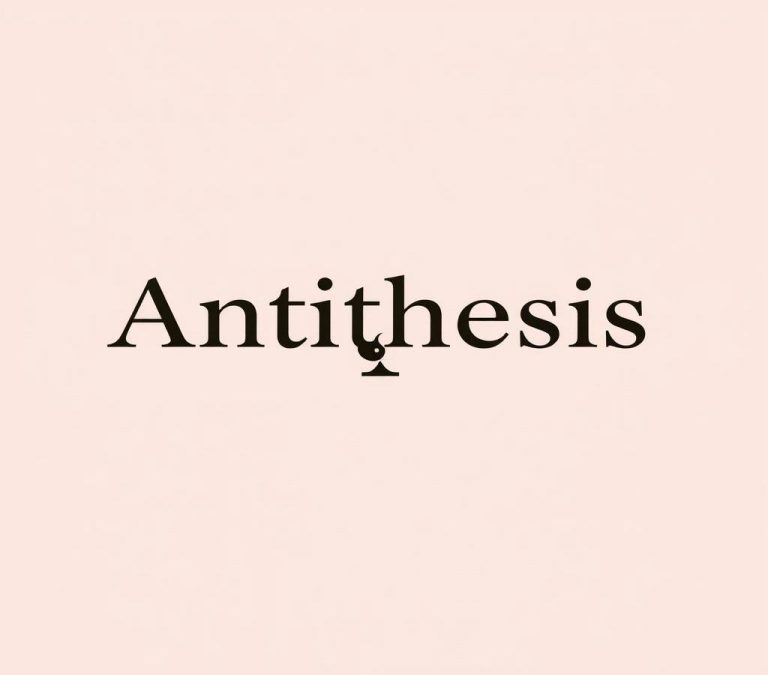Motif vs Theme: Grammar Usage & Literary Meaning
Understanding motifs and themes can be tricky, but these elements are key to appreciating stories. While they seem similar, motifs are recurring elements like symbols or phrases that support the story’s theme. The theme is the central idea or message the story explores. This article will help clear the confusion, making it easier for readers to spot and appreciate motifs and themes in their favorite books or films.
Quick Answer
In literature, a motif is a recurring element or idea that adds depth and meaning to a story, such as a symbol, image, or idea. A theme, on the other hand, is the underlying message or idea that the story conveys, often revealed through the motifs. Think of motifs as puzzle pieces and themes as the complete picture they form. Motifs enrich the narrative, while themes provide its overall significance.
Why There is Confusion
Understanding the distinction between motif and theme can often cause confusion among readers and writers alike. Both terms are integral to storytelling, and they are sometimes used interchangeably, which adds to the muddiness. The main reason for this confusion is that both motif and theme contribute to the narrative’s depth, and they often intertwine to develop the plot and characters. Moreover, both can appear as recurring elements within the story, further blurring the lines between them. This article aims to clarify the differences, functions, and scope of motifs and themes to create a better understanding of these literary concepts.
What is a Motif?
A motif is a recurrent element in a story that holds symbolic significance. It’s a specific object, image, phrase, or idea that appears repeatedly throughout the work, helping to develop and inform the story’s larger themes. Motifs generally work at a surface level to add coherence to the narrative and guide the reader’s attention to particular symbols or images that articulate the story’s deeper meanings.
- Repetition: A motif appears several times across a literary work.
- Symbolism: It helps to symbolize and underline the central ideas.
- Enhancement: Motifs add layers of significance and cohesion to the story.
For example, in F. Scott Fitzgerald’s “The Great Gatsby,” the green light is a motif that appears multiple times and symbolizes Gatsby’s hopes and dreams.
What is a Theme?
A theme is the overarching message or central idea that runs through a story. It’s the insight or societal commentary the author wants to convey to the reader. Unlike a motif, which is specific and tangible, a theme is broader and more abstract. It often ties together the characters, plot, and motifs to create a cohesive and resonant narrative.
- Abstract: A theme deals with abstract concepts like love, power, or justice.
- Central Message: It conveys the main message or moral of the story.
- Universality: Themes often discuss universal truths and human experiences.
In “The Great Gatsby,” some of the key themes include the American Dream and the decay of morality in pursuit of wealth.
Differences between Motif and Theme
Differences in Parts of Speech
One way to differentiate between a motif and a theme is by understanding their parts of speech. A motif often manifests as a noun—a physical object, repeated phrase, or recurring situation. On the other hand, a theme is more likely to be expressed as an abstract noun or phrase that encapsulates a broader concept, idea, or moral.
- Motif: Generally a noun (e.g., a rose, the color red, a storm).
- Theme: Abstract noun or phrase (e.g., love, justice, the struggle for power).
This linguistic difference can help identify what functions as a motif versus what operates as a theme.
Differences in Function
The function of a motif is to support the theme by supplying tangible instances that highlight and draw attention to the central ideas. A motif operates at the “micro” level, functioning through repetition and often directly influencing the narrative’s tone and mood.
- Motif: Supports the theme, adds coherence, and influences mood and tone.
- Theme: Conveys the central message, provides depth and meaning, and ties together various narrative elements.
Themes, on the other hand, function at the “macro” level, painting the broader strokes of the narrative. A theme serves as the underlying message that the story seeks to communicate, often making a statement about society, human nature, or existential matters.
Differences in Scope
The scope of a motif is usually limited to the particular instances and specific details repeated throughout the story. Motifs are the building blocks that accumulate to underline the theme. They can be as small as a repeated line of dialogue or as broad as recurring weather conditions.
- Motif: Focused and specific, repeated tangible elements.
- Theme: Broad and encompassing, the story’s central idea or moral.
Conversely, the scope of a theme is much broader, providing an interpretive framework through which the reader can understand and relate to the story. Themes have a wider reach, spanning the entire narrative and encapsulating its ultimate meaning.
Synonyms for Motif
To add further clarity, here are some synonyms for the term “motif,” which may appear in various literary discussions:
- Pattern
- Symbol
- Element
- Feature
- Recurrent Idea
These synonyms can help you better understand or explain a motif’s role within a piece of literature.
Synonyms for Theme
Similarly, there are several synonyms for “theme” that might show up in the context of literary analysis:
- Central Idea
- Main Message
- Core Concept
- Moral
- Overarching Message
Using these alternatives can improve your grasp of the concept and make it easier to discuss themes in various narratives.
Examples of Motif vs Theme in Literature
To concretize the differences between motif and theme, let’s look at specific examples from literature.
Example 1: Motif in a Novel
Consider Victor Hugo’s “Les Misérables.” One pervasive motif throughout the novel is light vs. darkness. This motif appears in various forms:
- Jean Valjean is often associated with light, while Inspector Javert is linked with darkness.
- The use of candles and lamps frequently contrasts the characters’ states of mind and moral standing.
- Scenes of redemption and hope are bathed in light, whereas despairing moments are enveloped in shadows.
All these instances of light and darkness illustrate the novel’s broader theme of redemption, justice, and moral struggle.
Example 2: Theme in a Poem
Take Emily Dickinson’s poem “Because I could not stop for Death.” The theme in this poem revolves around the inevitability of death and the journey towards the afterlife.
- The carriage ride with Death symbolizes the final journey every human must undertake.
- Poetic language and imagery underline the poem’s meditative consideration of life and mortality.
- The theme remains constant throughout the poem, tying together its various metaphorical elements.
While various motifs in the poem (like the carriage, the setting sun, and the passing fields) help to develop this central theme, the overarching message focuses on the natural, inescapable journey toward death.
Conclusion: Motif vs Theme Clarified
To summarize, understanding the distinction between motif and theme enhances both the reading and writing experience. A motif is a recurring element that adds symbolic meaning and supports the story’s themes. It functions on a micro level, providing specific instances that lend depth and cohesion to the narrative. On the other hand, a theme is the central message or moral conveyed by the story. It operates on a macro level, linking various narrative elements and offering a broader interpretative framework.
- A motif is usually a recurrent, tangible element within the story.
- A theme is a broader, more abstract central idea or message.
- Motifs support themes by highlighting specific details and symbols.
- Themes provide the main insights or commentary the story aims to convey.
By understanding these differences in parts of speech, function, and scope, one can better appreciate the complexity and artistry involved in crafting a cohesive and compelling narrative.

